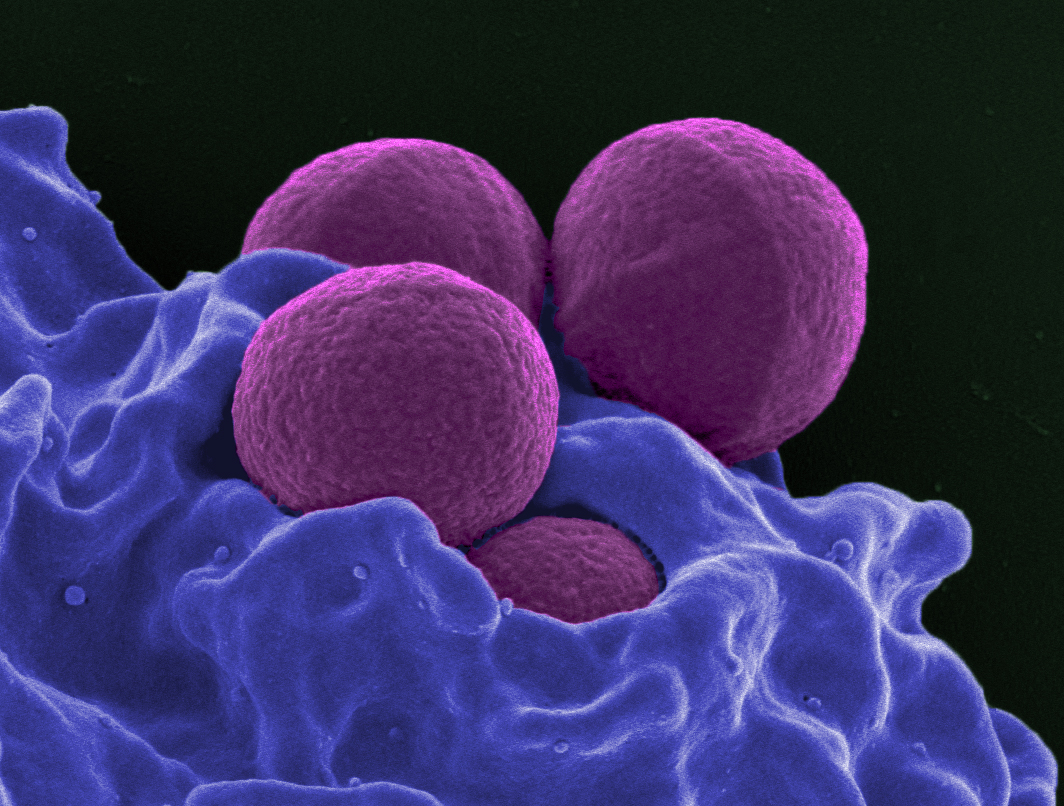
Broad-spectrum antibiotic
A broad-spectrum antibiotic is an antibiotic that acts on the two major bacterial groups, Gram-positive and Gram-negative,[1] or any antibiotic that acts against a wide range of disease-causing bacteria.[2] These medications are used when a bacterial infection is suspected but the group of bacteria is unknown (also called empiric therapy) or when infection with multiple groups of bacteria is suspected. This is in contrast to a narrow-spectrum antibiotic, which is effective against only a specific group of bacteria.[3] Although powerful, broad-spectrum antibiotics pose specific risks, particularly the disruption of native, normal bacteria and the development of antimicrobial resistance. An example of a commonly used broad-spectrum antibiotic is ampicillin.[3]
Bacterial targets[edit]
Antibiotics are often grouped by their ability to act on different bacterial groups. Although bacteria are biologically classified using taxonomy, disease-causing bacteria have historically been classified by their microscopic appearance and chemical function. The morphology of the organism may be classified as cocci, diplococci, bacilli (also known as "rods"), spiral-shaped or pleomorphic. Additional classification occurs through the organism's ability to take up the Gram stain and counter-stain; bacteria that take up the crystal violet dye stain are referred to as "gram-positive," those that take up the counterstain only are "gram-negative," and those that remain unstained are referred to as "atypical." Further classification includes their requirement for oxygen (i.e., aerobic or anaerobic), patterns of hemolysis, or other chemical properties. The most commonly encountered groupings of bacteria include gram-positive cocci, gram-negative bacilli, atypical bacteria, and anaerobic bacteria.[4] Antibiotics are often grouped by their ability to act on different bacterial groups. For example, 1st-generation cephalosporins are primarily effective against gram-positive bacteria, while 4th-generation cephalosporin s are generally effective against gram-negative bacteria.
In humans:
In veterinary medicine, co-amoxiclav, (in small animals); penicillin & streptomycin and oxytetracycline (in farm animals); penicillin and potentiated sulfonamides (in horses).